What is Zhejiang?
Jiangnan water town, picturesque?
The misty rain is beautiful, eating the sea by the sea?
This is all Zhejiang
But outside the eyes of the world
The specific appearance of Zhejiang is also hidden in the mountains
If you start from Hangzhou and gradually move to the southwest, what will appear in front of you will be Zhejiang with rolling hills and mountains.
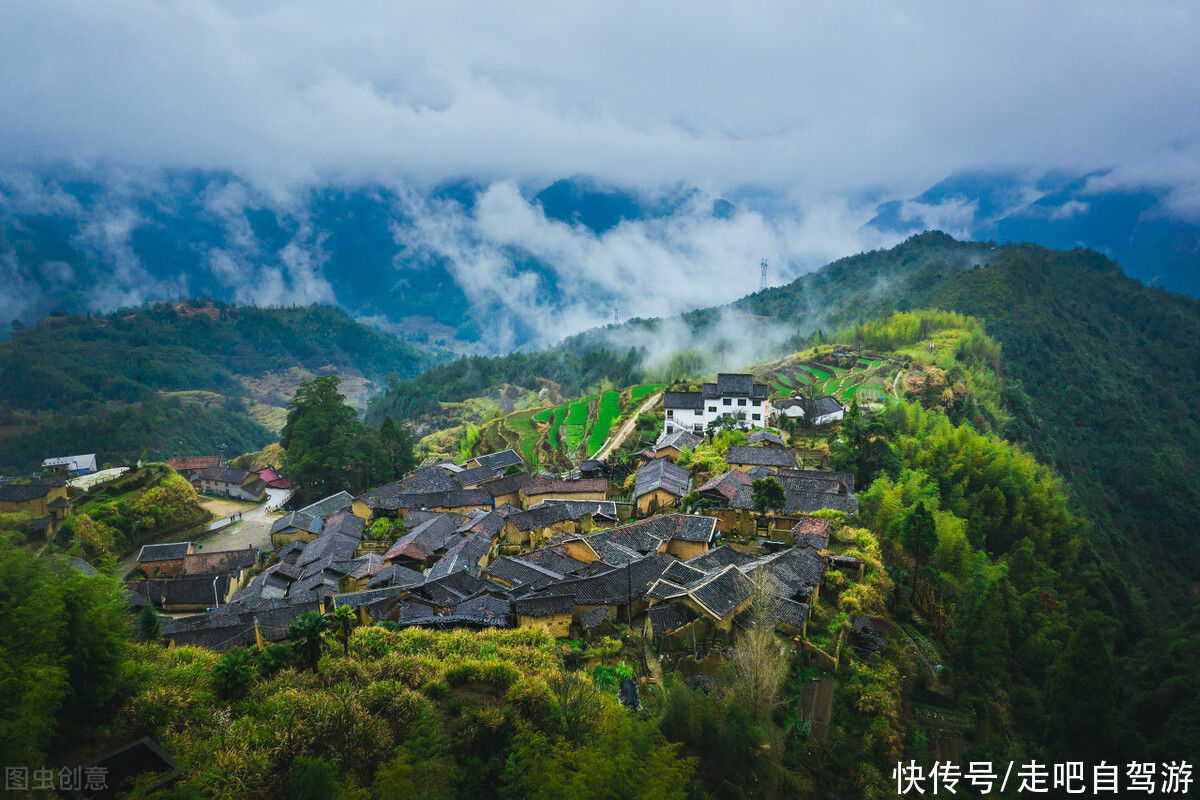
Southwest Zhejiang is different from the familiar Zhejiang, and the place we want to talk about today is hidden here .
It is like the Peach Blossom Spring described by Tao Gong, hidden in the beauty of “actually it exists, but it doesn’t seem to exist”, waiting to amaze the world.
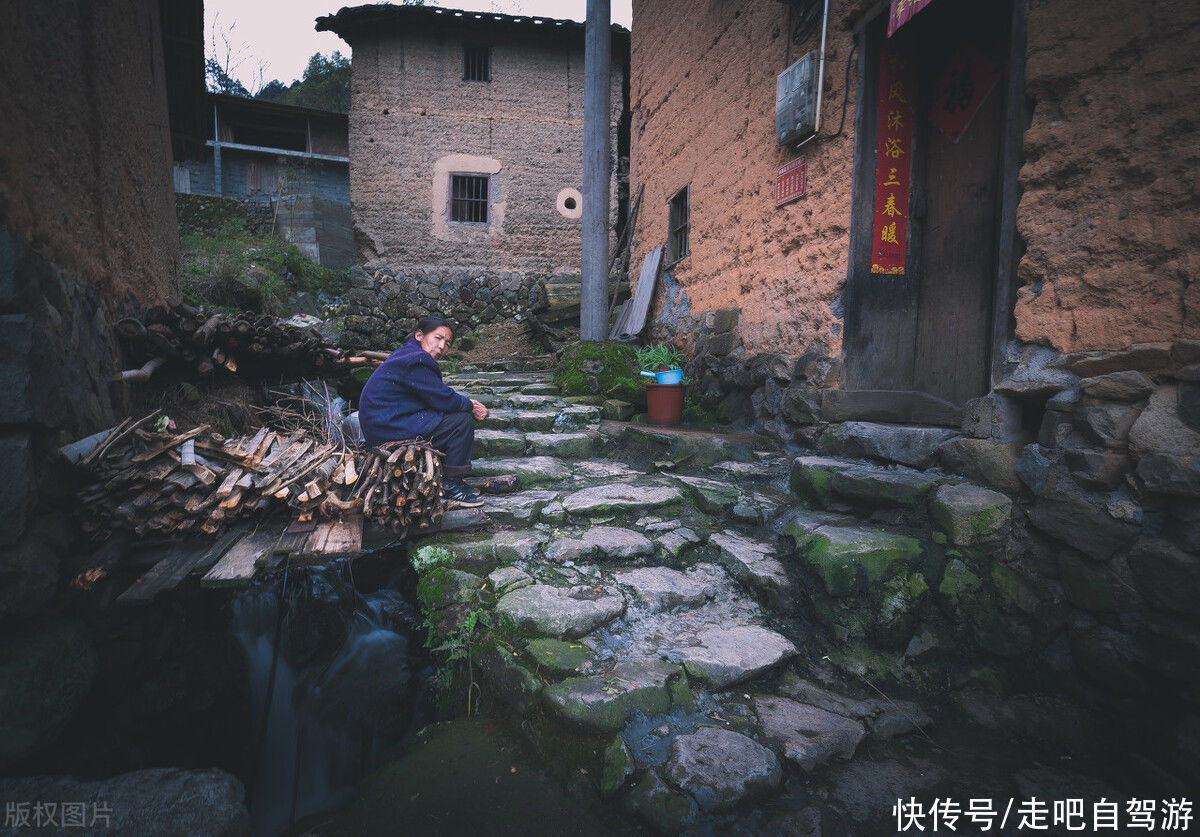
This is Zhejiang Qingyuan.
Qingyuan, located in the southwest of Zhejiang, is a blessed land named after the emperor’s era. “Qing” means “beautiful” and “Yuan” means “beginning”.
It is the farthest county in the province from the provincial capital. It is surrounded by Fujian on three sides, and only one side faces the province. It sits high on the “Roof of Zhejiang” – the Donggong Mountains and is independent from the world. Slowly no one cares.
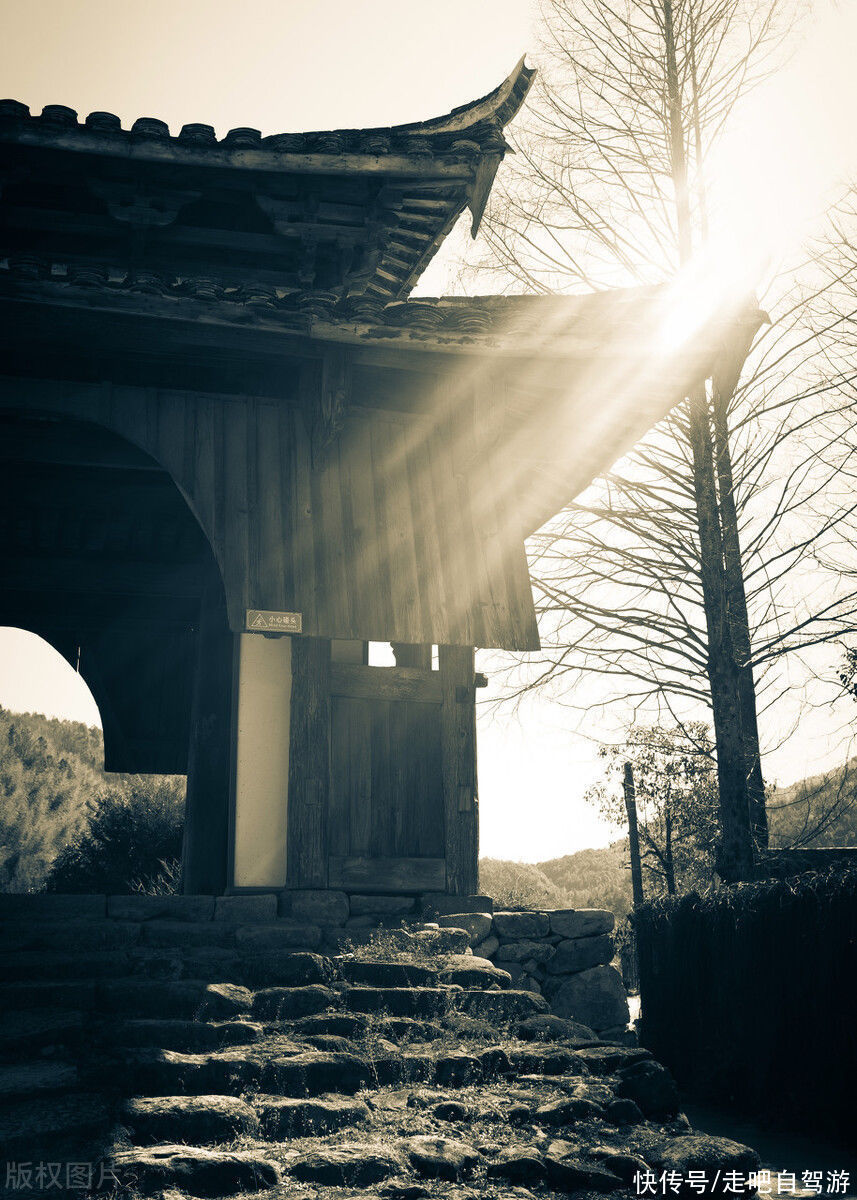
So few people know that since 2004, it has been ranked first in the country for 17 consecutive years. , is a veritable “the first county of China’s ecological environment”.
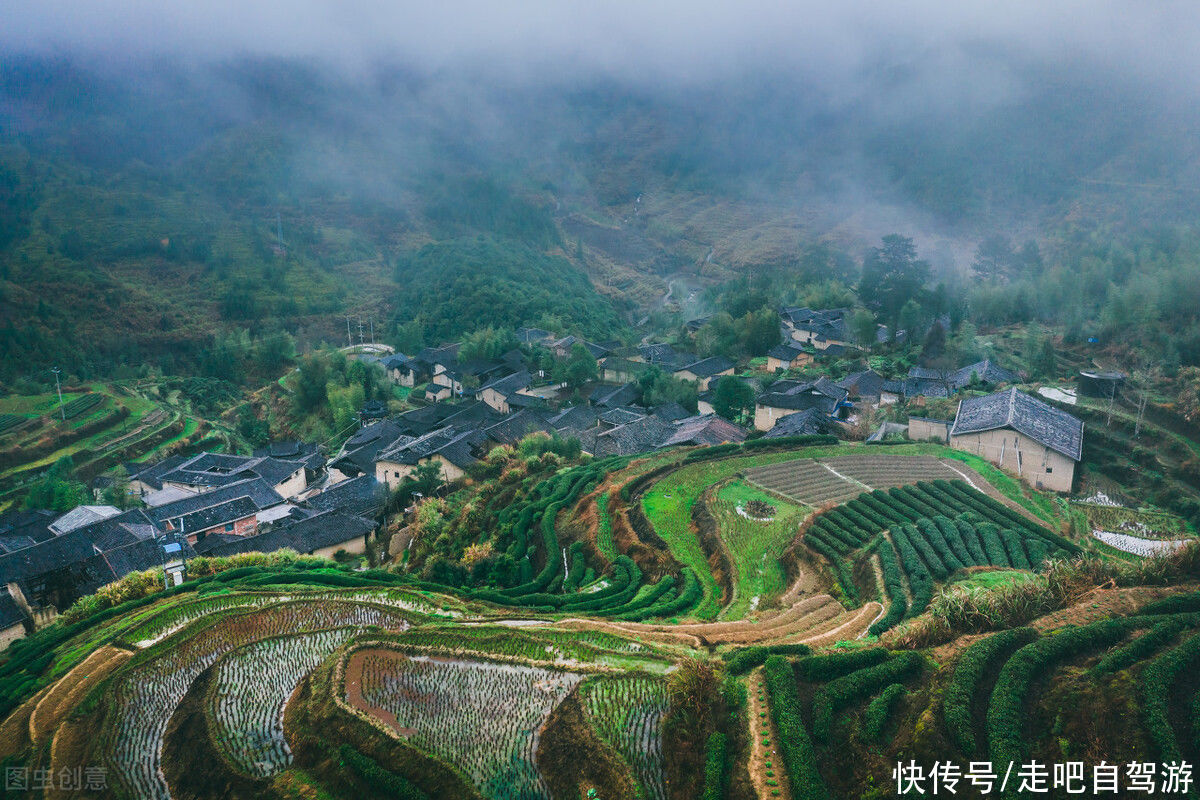
Qingyuan, affiliated to Lishui, Zhejiang, is located at the junction of Zhejiang and Fujian, and belongs to the Zhongshan Mountains in southwest Zhejiang. There are various landforms such as valleys, basins, hills, low mountains, and middle mountains.
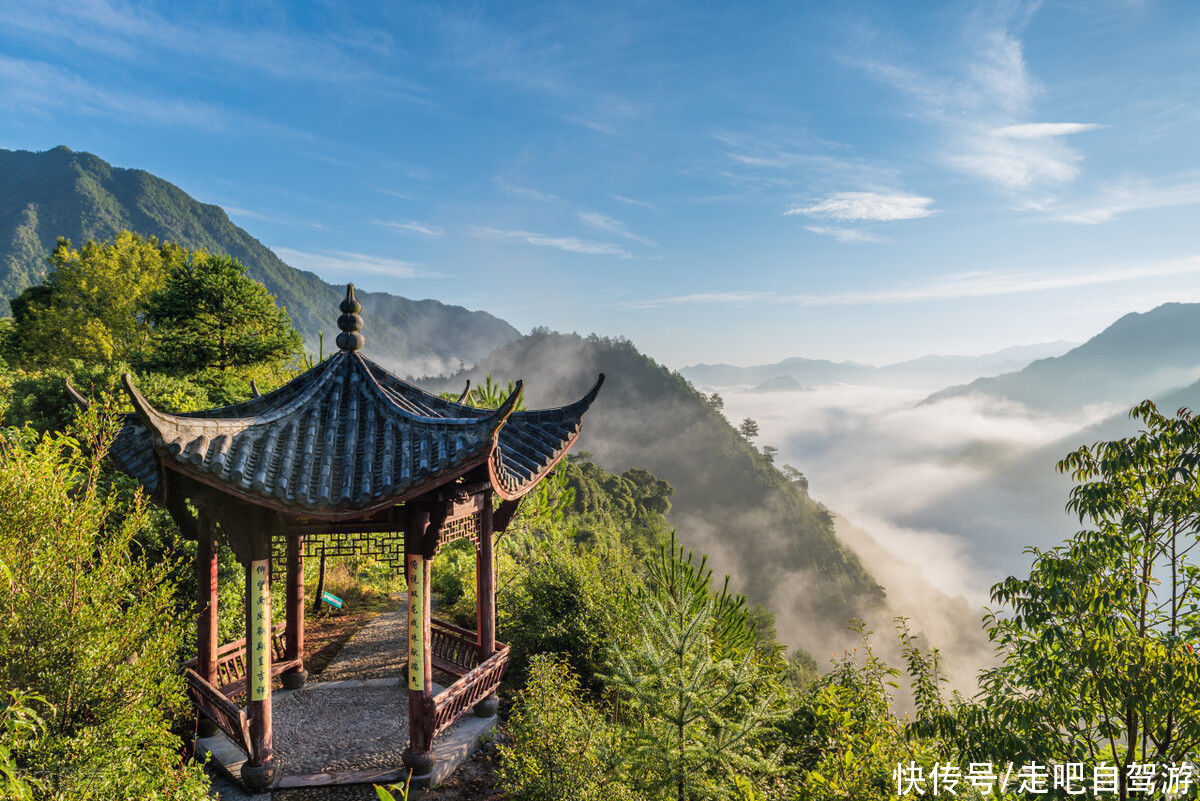
Look at the topographic map of Qingyuan, you will find that it is almost a hidden place hidden in the mountains and forests city.
The Donggong Mountains running from north to south and Xianxia Ridge running from east to west meet here. Huangmaojian, the first peak in Jiangsu and Zhejiang with an altitude of 1929 meters, and Baishanzu, the second peak with an altitude of 1856 meters, are located nearby. It is surrounded by more than 20 peaks over 1,500 meters above sea level.
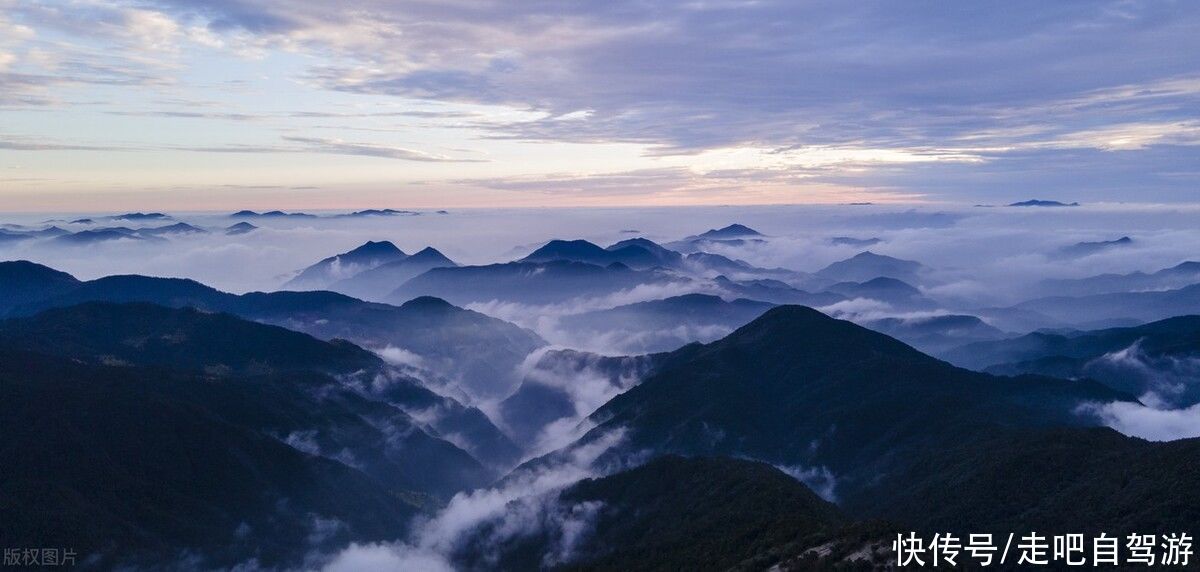
The continuous high mountains block the noise of the mundane world and complete such a rare pure land. It is hard to imagine that in Zhejiang, a highly developed economy, there is such a “green and rich” area with a forest coverage rate of 86%.
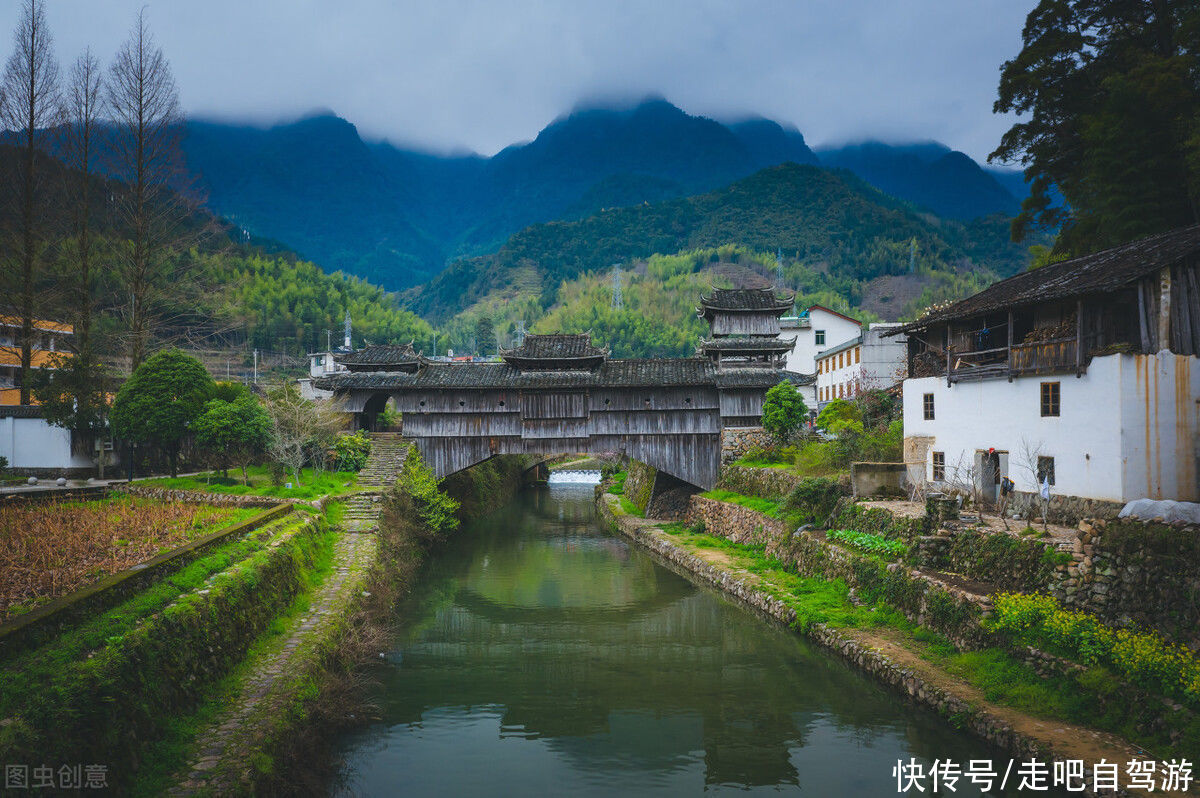
Almost everyone in Qingyuan has climbed Baishanzu (National 4A Tourism scenic area). It is named after the saying of the ancestor of a hundred mountains. It is the most popular among the large and small mountains around Qingyuan.
Wrapped by the Cangcang Mountains and forests, and nourished by countless streams and waterfalls, it is quiet and secluded, silently nurturing rare animals and plants living here, and retaining the most primitive and pure nature. The vast sea of clouds on the top of the mountain is also amazing.
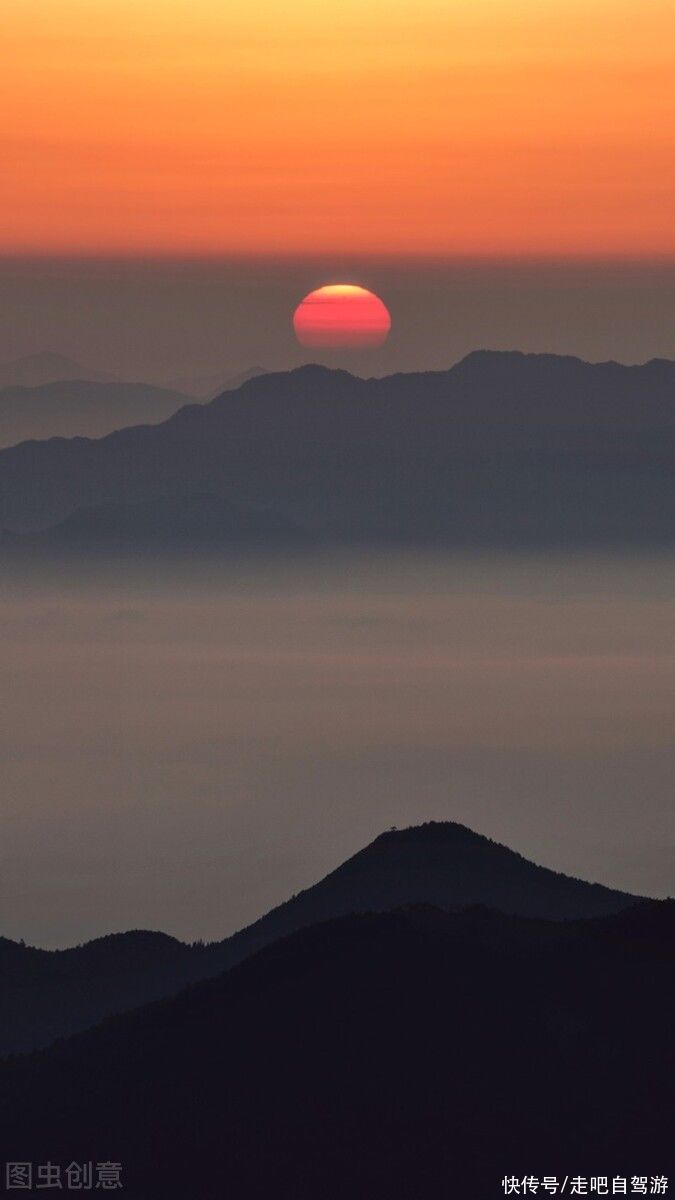
Jinzi Peak in the west, 1563 meters above sea level, looks like two towers standing side by side. The sister peak is like a halberd straight into the sky, so it is named Jinzi Peak after the heroine.
Jinzi Auspicious Clouds, Jinzi Buddha Light, Jinzi Dawn, Jinzi Sunset, Jinzi Rime, are known as the “Five Wonders of Heaven” on Jinzi Peak. It is fortunate to be able to capture any kind of beautiful scenery. You can’t help but admire the beauty of nature.
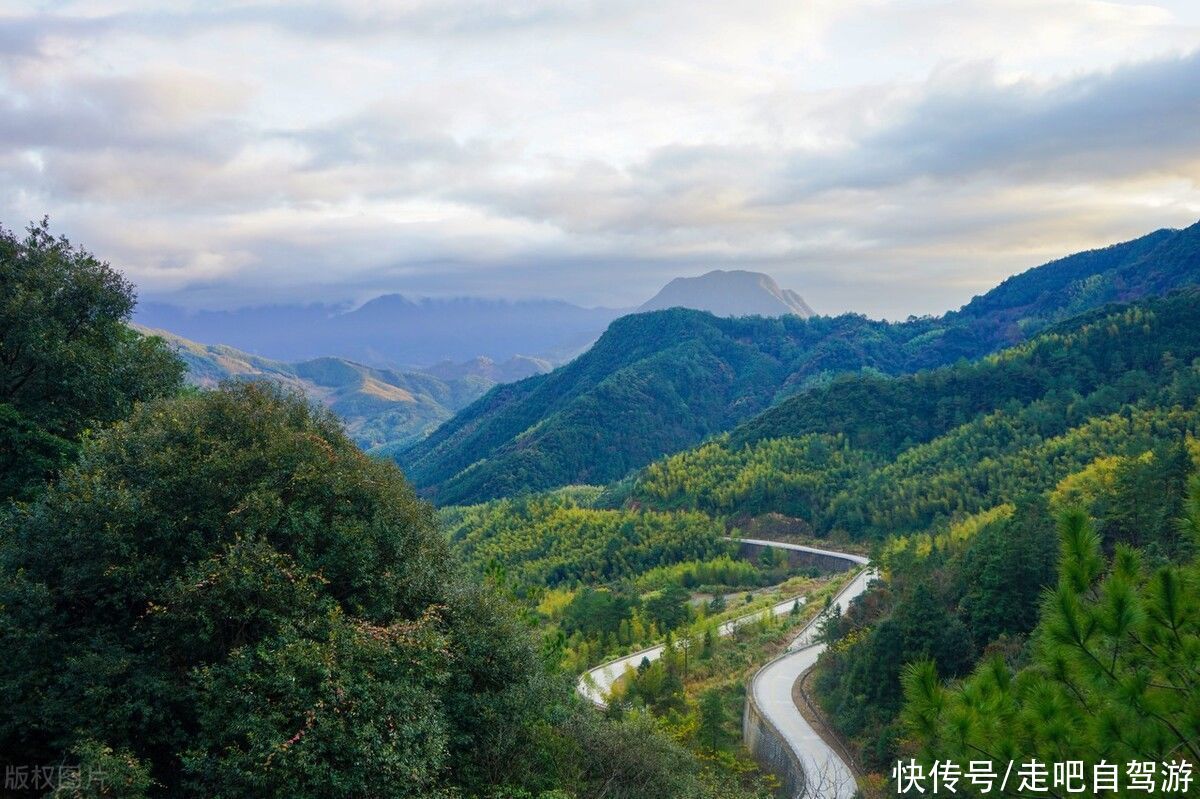
< p>Since ancient times, mountains and rivers have not been separated from each other. Although Qingyuan has no big river, the more than 926 streams of various sizes in the county nourish Qingyuan and bring honor to Qingyuan.
In 2019, the Ministry of Ecology and Environment released the water environment quality ranking of the national surface water assessment sections of cities at the prefecture level and above in the first quarter. ” ranked sixth in the nation.
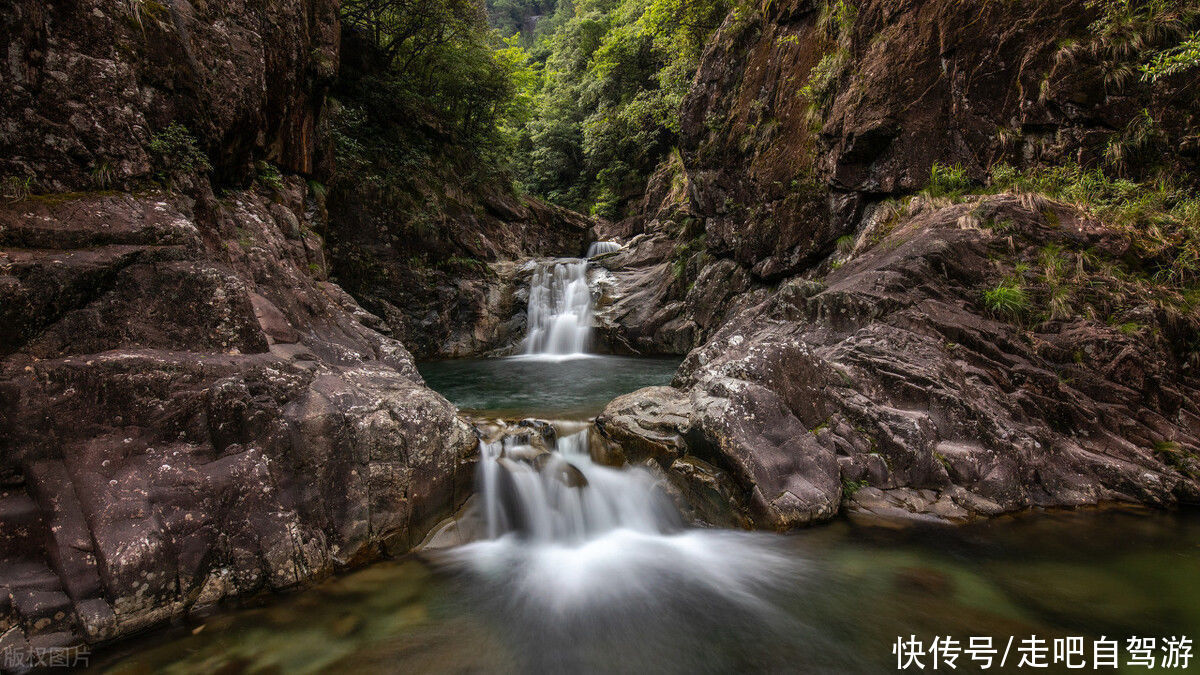
In Qingyuan, where there are mountains, there are streams, and where there are streams, there are covered bridges.

Covered Bridge, also known as Hongqiao, has a history of more than 2,000 years in China and was prevalent in the Northern Song Dynasty. Among all the types of covered bridges, the construction technique of the wooden arch covered bridge is the most complicated. Its construction relies on the close connection of rafters and trusses without using a single nail or riveting.
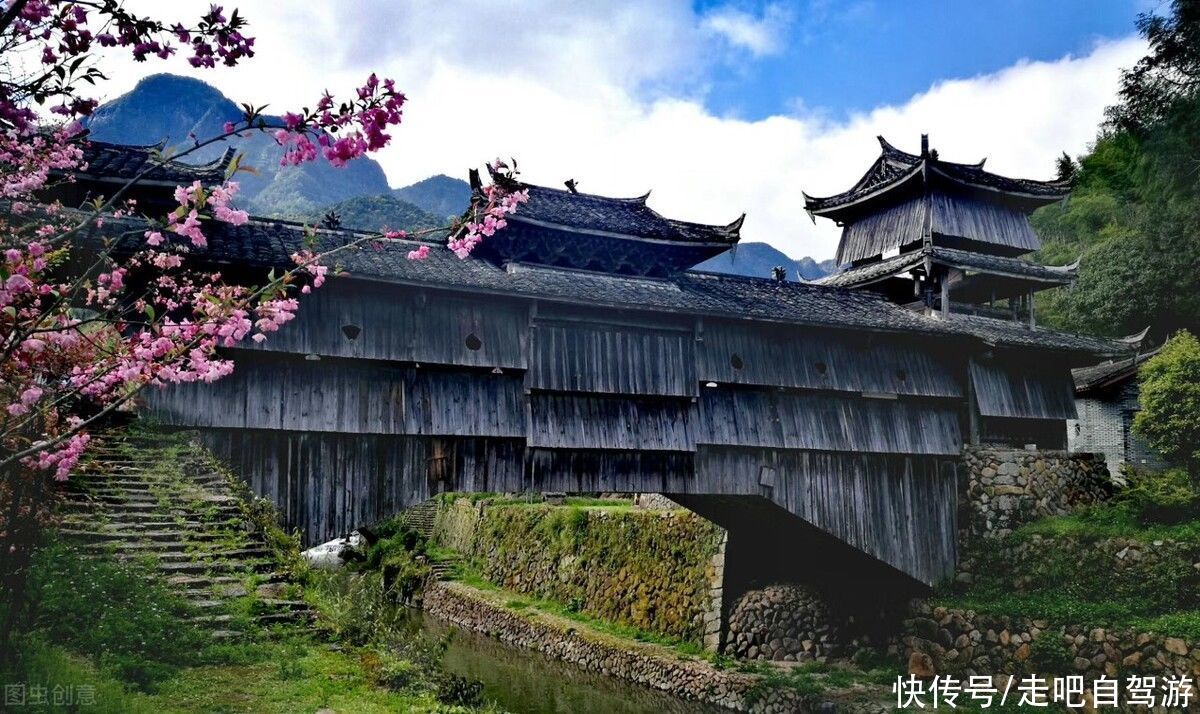
Qingyuan, there are nearly 100 ancient covered bridges preserved, which is the county with the largest number of covered bridges in the country, Among them are 21 wooden arch covered bridges.
Qingyuan Covered Bridge also has many “bests”: the earliest recorded time (Shuangmen Bridge, Putian Bridge), the highest protection level (such as Long Bridge), the largest single-hole span (Lanxi Bridge), the longest single-hole gallery (Yellow River Long Bridge), and the most coherent in Song, Yuan, Ming and Qing Dynasties.
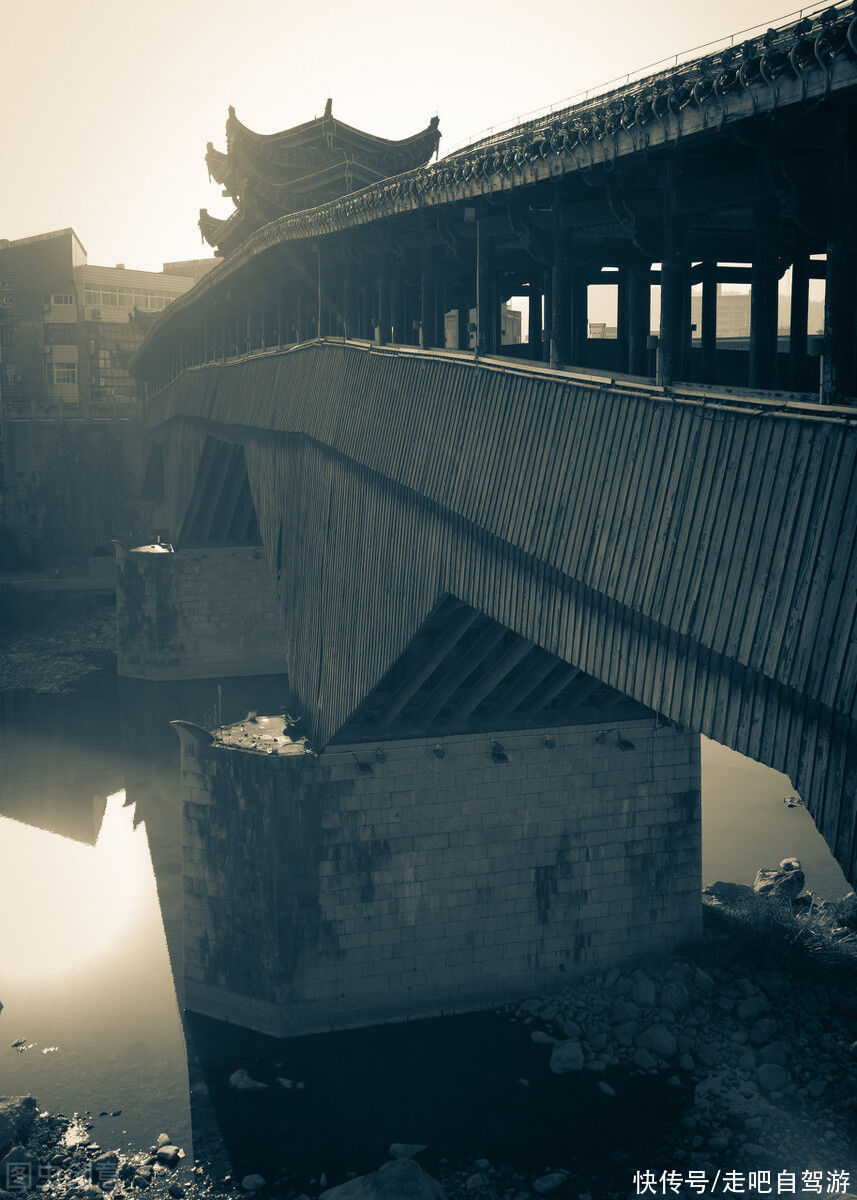
Yueshan Village located in the southeast of Qingyuan, is the densest distribution of ancient covered bridges in the country. The village is known as “Ten Bridges in Two Miles” and is a rare home of covered bridges in the country. There were 10 covered bridges in ancient times, and there are five existing ones, named Rulong, Laifeng, Baiyun, Buchan and Zhankeng.
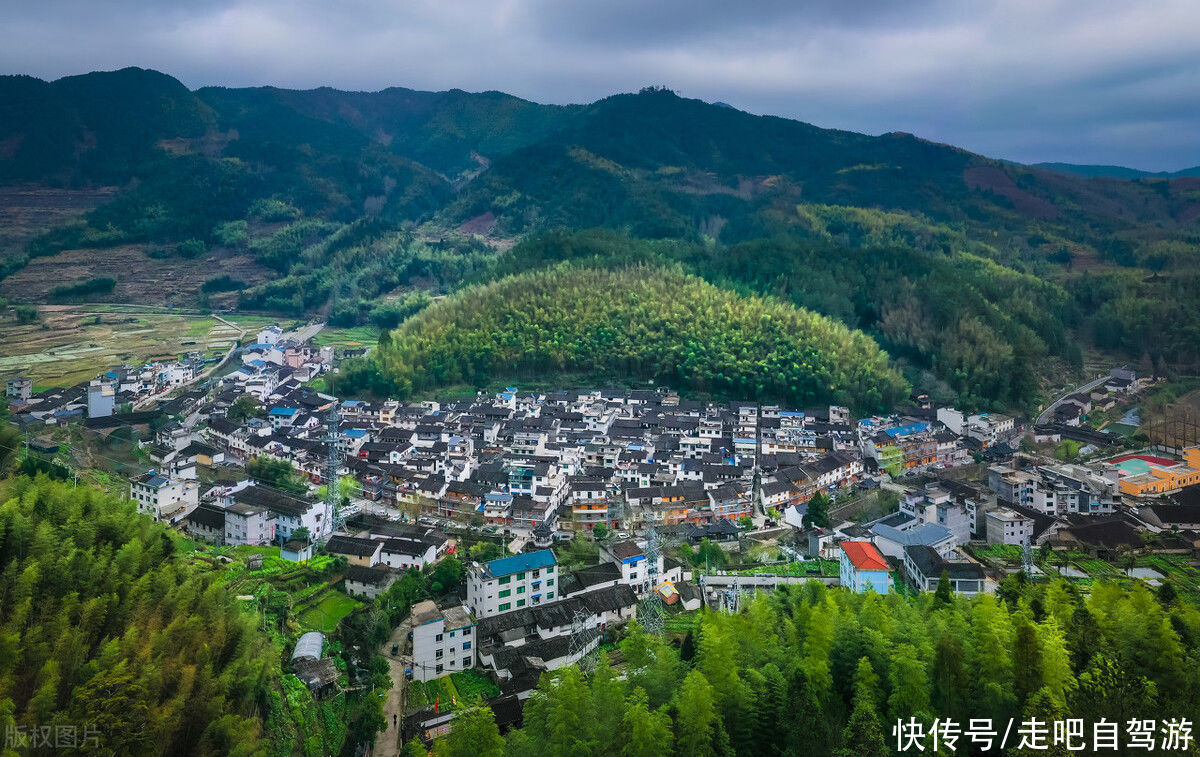
Shuangmen Bridge and Putian Bridge, the earliest wooden arch bridges recorded in national historical data, are located 2.5 kilometers away from the county town. strong>Daji Village, they appeared more than 100 years earlier than “Above the Qingming River”. In addition, Daji Village is also a well-known “Jinshi Village”. This village with less than 300 people in history has produced 26 Jinshi in 230 years.
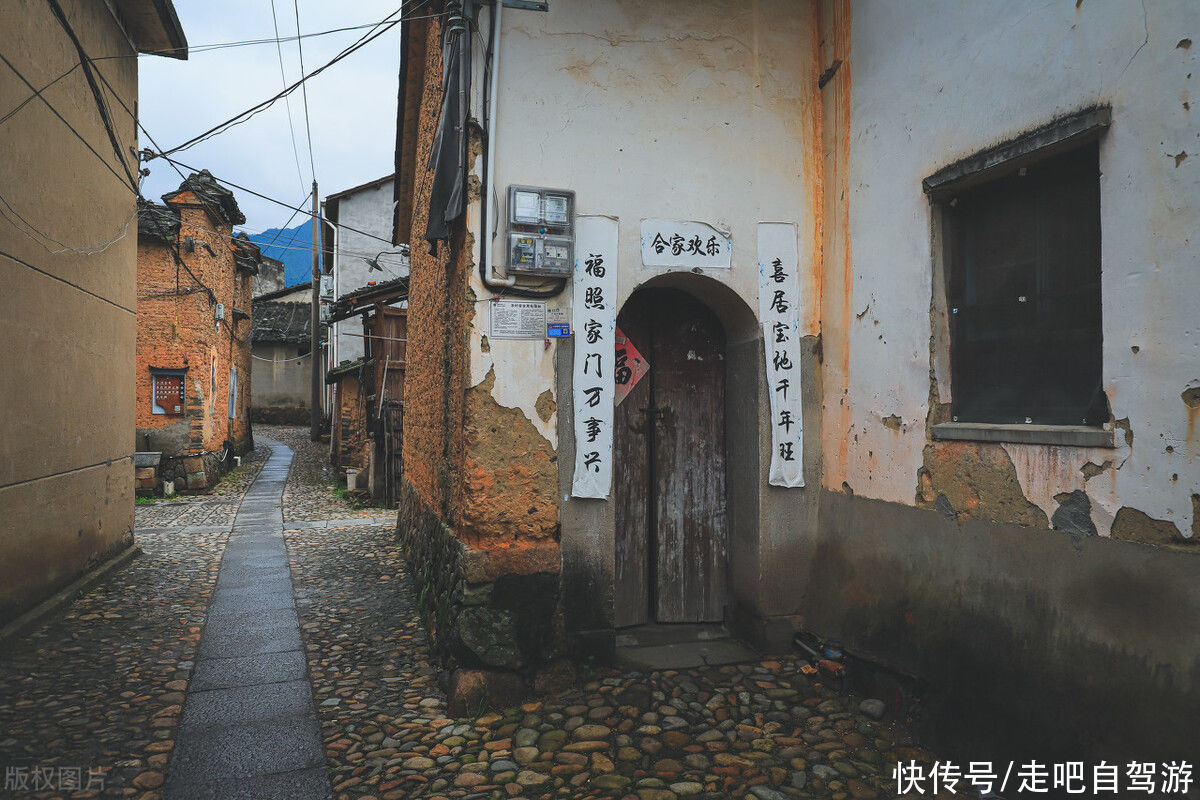
In ancient Qingyuan, where there are covered bridges, there must be temples, and where there are temples, there must be mushroom gods.
About 800 years ago, a young man in Qingyuan, in the process of burning charcoal and collecting wild mushrooms, found that the fallen broad-leaved tree bark would produce fruit when cut with a knife and axe. The earliest artificial mushrooms in the world were successfully cultivated, and Qingyuan became the birthplace of mushroom cultivation technology in the world. This person is named Wu Sangong, and is respected by the mushroom people as the “Mushroom God”.

Qingyuan Since then, the mushroom industry has prospered unprecedentedly. It is said that many of the existing covered bridges in Qingyuan are closely related to the prosperity of the mushroom industry. They were built by mushroom people, mushroom merchants, and officials who returned to their hometowns to repay their hometowns or show their wealth by comparison.
Today, the mushroom industry in Qingyuan is as brilliant as before, with an annual output of about 10,000 tons of dried mushrooms, making it the largest mushroom production and wholesale distribution center in the country.
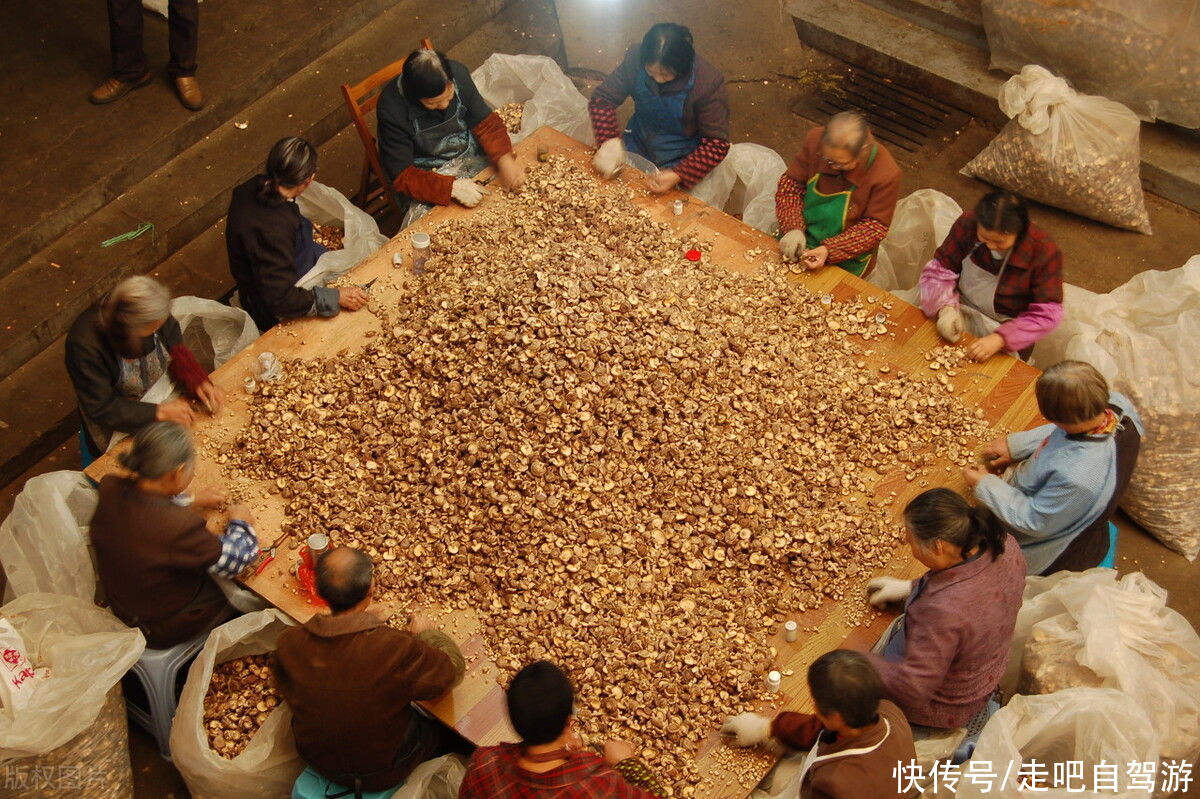
Xiyang Village, Wuwubao Township, Qingyuan County, at the head of Lanxi Bridge in Ming Dynasty, there is a building called Xiyang Temple< /strong>The temple, its main deity is Wu Sangong, so it is also called “Mushroom Temple”. From the 16th to the 19th day of the seventh month of the lunar calendar, it is the “Fragrant Season” of the Western Palace, and the Qingyuan Mushrooms from Shili Baxiang come here to gather to offer sacrifices, perform Mushroom opera, play Mushroom Boxing, and sing Mushroom folk songs.

Today’s Western OceanIn the temple, there will still be lively and lively temple operas, and in bursts of cheerful laughter, people seem to have traveled back to the past and wandered in the river of time.
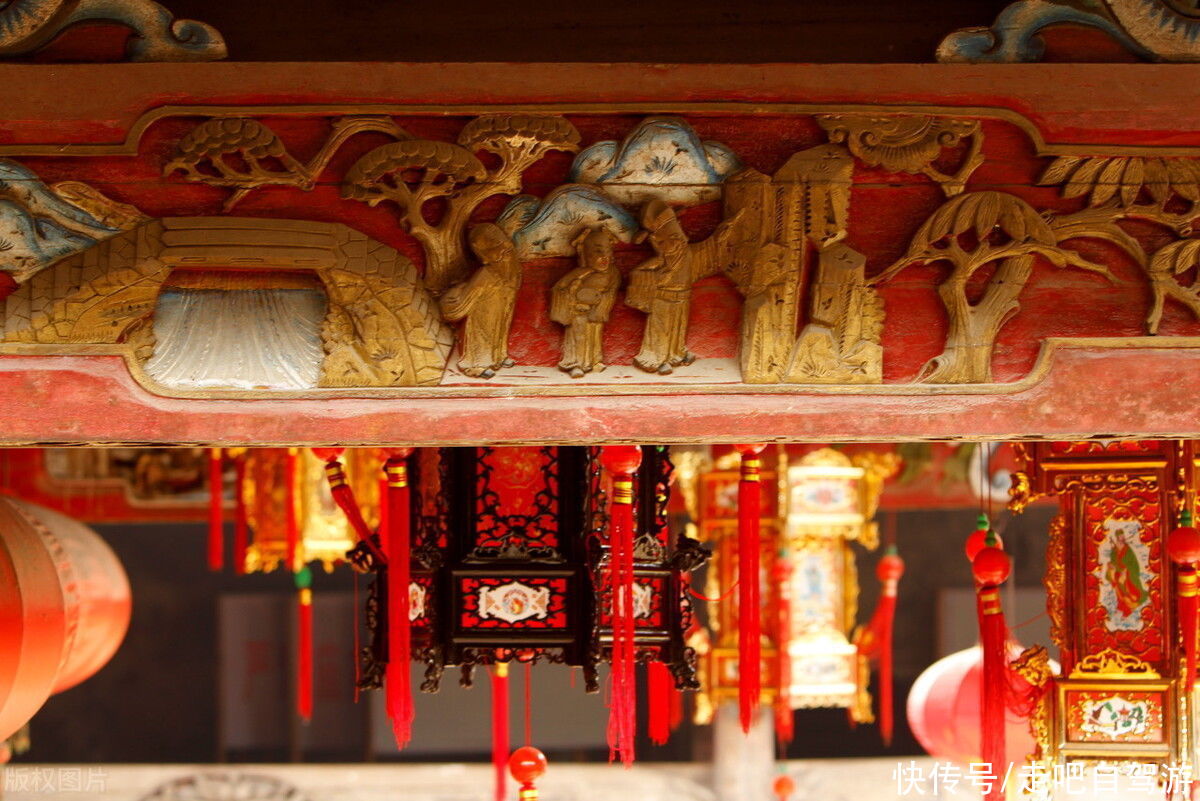
Like the legend in the heaven and earth, “one day in the sky, one year in the world”, probably not in Qingyuan. Would love to pass by in a hurry.
Therefore, it just counts and counts quietly in the mountains like that, waiting, not to be happy with things, not to be sad about oneself.